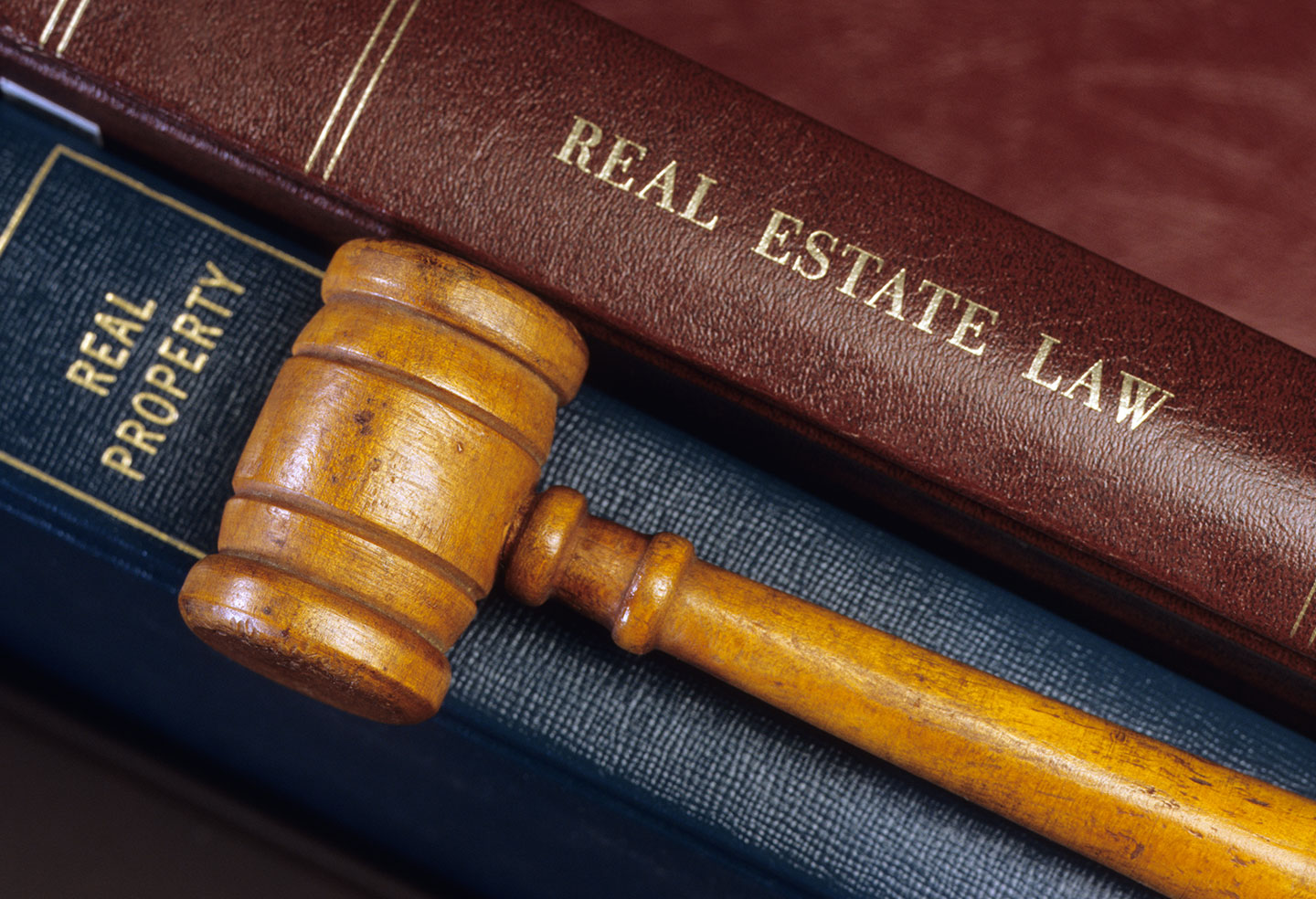Relating to Real Estate

Neighbors Cannot Wait Three Years and Then Claim a Setback Violation
Davis Wood obtained a building permit from the Town of St. Michaels in 2002 and began building an addition to his house. In 2004, when the addition was almost finished, one of his neighbors told the Town’s Zoning Inspector that the improvements encroached into the rear setback area. Rather than challenging Mr. Wood’s addition, the Zoning Inspector issued a temporary occupancy permit in 2006 and a final occupancy permit in 2010. Some of Mr. Wood’s neighbors appealed the decision of the Zoning Inspector, but the St. Mary’s Board of Zoning Appeals affirmed it in 2013. The Board of Zoning Appeals thought that it would be unduly harsh to impose a “draconian penalty” on Mr. Wood, who had not intentionally violated the setback, because an excess amount of time had passed. James Valliant and other neighbors appealed to the Circuit Court for Talbot County, which reversed, finding that the statute of limitations contained in Courts and Judicial Proceedings Article (“CJP”) §5-114(b)(1) was inapplicable and holding that the Zoning Inspector did not have the authority to disregard the setback violation. On appeal, the Court of Special Appeals reversed the decision of the circuit court. Wood v. Valliant, --- A.3d ---, 1852 SEPT TERM 2014, 2017 WL 769782 (Md. Ct. Spec. App. Feb. 28, 2017).
The Court of Special Appeals stated that CJP §5-114(b)(1) sets a time limit for challenging a failure of a structure to comply with a setback restriction. Because the challengers in this case waited more than three years to file their petition for judicial review, the circuit court should have dismissed their action and let the ruling of the Board of Zoning Appeals stand.
There are slightly different statutes of limitation contained in CJP §5-114(b) for private persons and for governmental entities. That subsection provides that no action may be brought out of the failure of a structure to comply with a setback violation more than three years after the date that a violation first occurred. For governmental entities, “the date that a violation first occurred” is the date on which a final building inspection was approved; for a private person, it is the date that any construction occurred that encroaches into the setback area. Thus, the court found that the challengers brought their claim too late.
In dicta the court discussed the difference between a statute of limitations and a statute of repose. A statute of repose is based on the action of the defendant; it is not related to the time when the plaintiff suffers any harm. There is no tolling or delayed starting point for a statute of repose, and the applicable period could even end before the plaintiff suffers any harm. The court did not need to categorize CJP §5-114(b)(1) as it applied in this case as a statute of limitations or a statute of repose. Instead, it stated that if a person wants to pursue an action relating to the violation of a setback restriction, that person must act within three years of when the violation first occurred.
For questions, please contact Ed Levin (410) 576-1900.